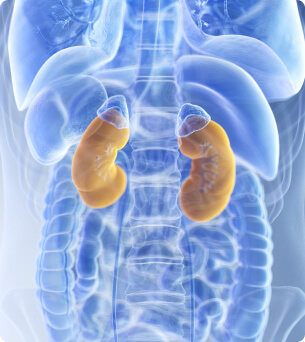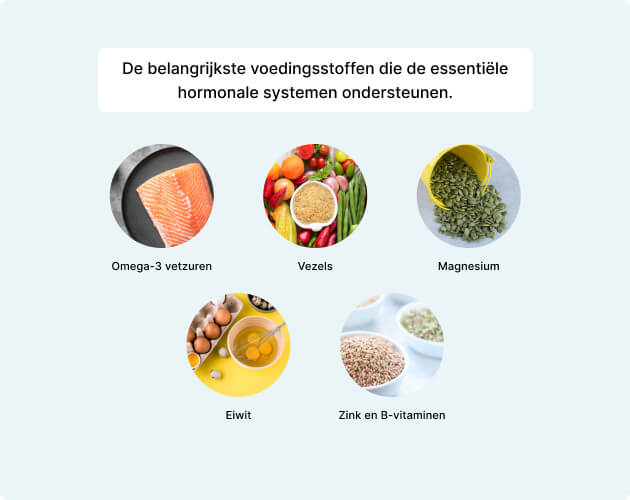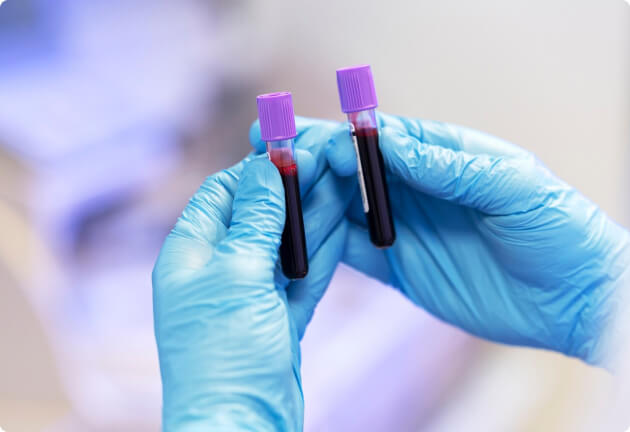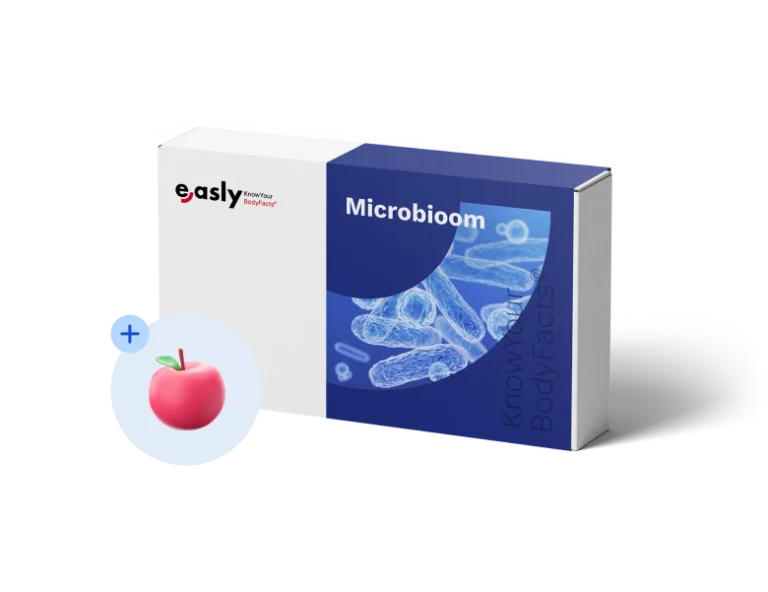Search for “hormone diet” online, and you’ll find thousands of promises: balanced hormones, effortless fat loss, and more energy—all by changing how you eat. It’s a tempting idea, especially if you’ve hit a wall with conventional approaches to weight or fatigue.
But here’s the problem: many of these diets package real science in misleading claims. Yes, your hormones are influenced by what you eat. But the idea that a single diet can “reset” your entire endocrine system? That’s a stretch.

In this article, we cut through the noise and look at the hormone diet: where the science starts, where the marketing takes over, and what works if you’re trying to support hormonal health through nutrition and lifestyle.
What Is the hormone diet?
The hormone diet is a nutrition and lifestyle plan popularized by Dr. Natasha Turner, who links common issues like fatigue, sugar cravings, and stress to hormonal imbalances. Her 3-step program includes an anti-inflammatory diet, supplements, exercise, stress reduction, and natural hormone support to restore balance.
Most versions of the hormone diet plan focus on:
- Cutting foods believed to trigger inflammation or disrupt hormone function
- Supporting the liver and gut—key organs involved in hormone metabolism
- Stabilizing blood sugar and improving insulin sensitivity
- Managing stress and lowering cortisol levels


Although it’s often marketed as a ‘hormonal belly diet‘ solution, the science behind those promises remains mixed. The reality is more complex—and many hormone-related symptoms have multiple causes, not all of which can be solved through diet alone.
Hormones and food: What’s the Connection?
Hormones are chemical messengers that control everything from metabolism to mood—and nutrition plays a key role in how they’re produced, activated, and broken down.
Certain dietary patterns can either support or disrupt hormone function. Here are a few well-documented connections:
- Insulin, which helps regulate blood sugar, rises in response to high-glycemic meals but remains more stable when meals include fiber, protein, and healthy fats.
- Cortisol, your primary stress hormone, can be elevated by frequent blood sugar crashes, poor sleep, or excessive caffeine intake.
- Estrogen levels are influenced by body fat composition, liver function, and dietary fat intake.
- Leptin and ghrelin, the hormones regulating hunger and satiety, are sensitive to sleep quality and refined sugar intake.
According to the Institute for Functional Medicine, not only do nutrients affect hormone levels, but they also influence hormone signaling sensitivity. Diets high in refined carbs and saturated fats, for example, have been shown to increase cortisol levels and disrupt leptin signaling, while anti-inflammatory diets like the Mediterranean diet may help improve insulin resistance and boost leptin sensitivity.
This helps explain why hormonal eating patterns aimed at balance prioritize whole foods, balanced macronutrients, and blood sugar stability. It’s not just about what you eat, but how your body responds to it on a cellular level.
How the hormone diet works
Dr. Natasha Turner’s hormone diet is structured in three progressive phases, each designed to reduce hormonal disruption and support metabolic balance:
Phase 1: Detox (2 weeks)
This phase focuses on eliminating common dietary triggers—processed foods, caffeine, alcohol, gluten, dairy, and added sugars—with the goal of reducing inflammation, stabilizing blood sugar, and easing the load on hormone-regulating organs like the liver and gut. Research shows that cutting these foods reduces key pro-inflammatory markers (like IL-6 and TNF-α) and supports better insulin and leptin regulation—two hormones central to metabolic and appetite control.



Phase 2: Reintroduction
Certain foods are gradually reintroduced while monitoring for symptoms such as fatigue, bloating, or mood changes. The idea is to identify which foods may be personally disruptive to hormonal balance. This mirrors elimination diet strategies shown to help identify food sensitivities.
Phase 3: Lifestyle Integration
This long-term phase encourages sustainable habits including a nutrient-dense, anti-inflammatory diet, regular physical activity, quality sleep, and stress management—core pillars of any hormone balancing diet plan. These pillars are backed by studies linking them to improved cortisol regulation, insulin sensitivity, and overall hormonal balance.

This phased approach overlaps with the broader hormone reset diet model often seen in functional medicine. While it’s built on sound principles—like blood sugar regulation and gut health—some claims, such as the ability to fully “reset” hormone function through diet alone, remain debated in clinical circles.
Hormone diet myths (and the truth)
From TikTok trends to bestselling books, hormone-focused diets are often paired with bold claims. While some of these ideas are rooted in real physiology, others oversimplify or distort the science. Here’s what you need to know:
Myth 1: Hormones are the only reason you’re gaining weight
Reality: Hormones like insulin, cortisol, and thyroid hormones do influence how your body stores fat—but they’re not acting alone. Genetics, caloric intake, muscle mass, sleep quality and even gut health all affect metabolism. An imbalanced gut can disrupt hormone signaling and impact weight regulation. A hormone reset diet could help restore hormonal balance, but it’s not a standalone fix.
Myth 2: You need to detox to reset your hormones
Reality: Your body already has a highly effective detox system. The liver, kidneys, and gut work together to metabolize and eliminate excess hormones—no juice cleanse is required. Supporting these organs with nutrient-dense foods, fiber, hydration, and rest is far more effective than restrictive hormone detox diets.
Myth 3: You must cut carbs completely
Reality: Carbohydrates—especially complex ones—play a critical role in hormone production and neurotransmitter function. Foods like quinoa, oats, and sweet potatoes support healthy serotonin levels and help regulate estrogen. A sustainable hormonal balance diet plan includes carbs, not entirely avoiding them.


What to eat for hormonal balance
A hormone diet meal plan isn’t about extreme restriction—it’s about consistently feeding your body the nutrients it needs to regulate hormone production, signaling, and clearance. Here are some of the most important nutrients to include, and how they support key hormonal systems:
- Omega-3 fatty acids (fatty fish, flaxseeds): Help reduce inflammation and may modulate cortisol levels, particularly in response to chronic stress.
- Fiber (vegetables, legumes, whole grains): Supports gut health and helps the body excrete metabolized estrogen through the digestive tract.
- Magnesium (dark leafy greens, pumpkin seeds, beans): Plays a role in over 300 enzymatic reactions, including insulin signaling and stress response.
- Protein (eggs, poultry, lentils): Supplies amino acids needed to synthesize thyroid hormones and neurotransmitters like dopamine and serotonin.
- Zinc and B vitamins (whole grains, seeds, shellfish): Support testosterone, progesterone, and estrogen production.

How to personalize your hormone balance diet plan
To make your hormone-balancing diet more precise, testing your blood can reveal underlying imbalances that might not be obvious from symptoms alone. Here’s what to test for:
- Cortisol (saliva or blood) – Helps identify chronic stress patterns or adrenal dysfunction
- Fasting Insulin & Glucose – Assesses metabolic health and insulin resistance, which are closely tied to hormone function
- HbA1c – Provides a longer-term picture of blood sugar regulation
- Sex Hormones Panel – Includes estrogen, progesterone, testosterone, SHBG (sex hormone-binding globulin), and DHEA, offering a broad view of reproductive hormone balance
- Thyroid Panel (TSH, Free T3, Free T4, Reverse T3, Anti-TPO) – Imbalances here can mimic or contribute to hormonal symptoms like fatigue and weight changes.

- Vitamin D (25-OH D) – Supports reproductive and thyroid hormone function
- Omega-3 Index – Measures the ratio of omega-3 to omega-6 fatty acids, which impacts inflammation—a key player in hormonal dysregulation
- CRP (C-reactive protein) – A marker of systemic inflammation that can interfere with hormone signaling
- Lipid Panel (cholesterol, HDL, LDL, triglycerides) – Relevant because sex hormones are made from cholesterol.
For quick results, platforms like Easly offer several at-home lab tests that measure key markers involved in hormonal regulation. Testing helps pinpoint which systems need support and shapes a more personalized plan.



What not to eat with hormonal imbalance
Understanding how food impacts hormones helps reduce disruptions to the body’s natural balance. Common triggers include:
- Ultra-processed foods and added sugars – Linked to insulin resistance and chronic inflammation, which can disrupt hormone signaling
- Excessive caffeine and alcohol – Can spike cortisol and affect sleep, both of which influence hormonal rhythms
- Trans fats and refined vegetable oils – May interfere with insulin sensitivity and reproductive hormone balance
- Endocrine-disrupting chemicals (EDCs) – Found in plastics (e.g., BPA), these compounds can mimic or block natural hormones like estrogen
- High intake of soy – Contains phytoestrogens that may affect estrogen levels, especially in sensitive individuals




Many of the hormone reset diets recommend temporarily removing these triggers to give the body space to recalibrate—particularly the liver and gut, which are central to hormone metabolism and clearance.
Is It only about diet?
No—while the hormonal diet emphasizes nutrition, long-term hormone balance depends on more than what’s on your plate. Lifestyle factors play a critical role in regulating key hormones involved in appetite, metabolism, and stress response:
- Sleep: Poor sleep increases ghrelin (hunger) and lowers leptin (fullness), affecting appetite control.
- Stress: Chronic stress raises cortisol, which is linked to abdominal fat gain.
- Exercise: Strength training improves insulin sensitivity and boosts testosterone and growth hormone.



A truly effective hormone balancing diet plan works best when paired with quality sleep, regular movement, and stress management—all of which reinforce the hormonal pathways that regulate weight, mood, and metabolism.
Conclusion
The hormone diet isn’t a cure-all, but for some people—especially those navigating fatigue, stubborn weight gain, or mood shifts—it can offer a structured starting point. Prioritizing whole foods, balancing blood sugar, managing stress, and supporting key hormonal systems can lead to meaningful improvements in overall health.
That said, hormones are complex, and progress isn’t always linear. A one-size-fits-all plan may overlook important factors like nutrient deficiencies, sleep habits, or underlying conditions. That’s why a personalized approach—grounded in lab testing, symptoms, and lifestyle—is often more effective than following a generic diet protocol.


If you’re considering a hormone balancing diet, get tested and talk to your healthcare provider. Understanding your unique hormone profile is the first step to making informed, lasting changes.








